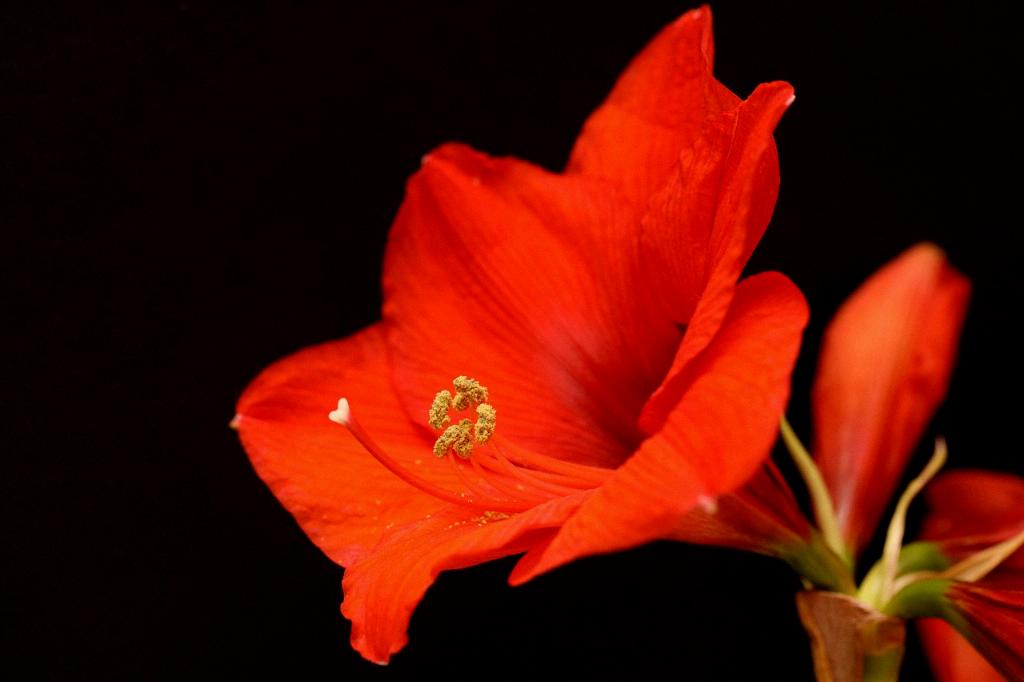Transplanting amaryllis plants can be a rewarding experience, but it’s essential to choose the right time to ensure their successful growth. While amaryllis can be planted at various times of the year, winter is generally considered the optimal season for transplanting these stunning flowers. The cooler temperatures and reduced sunlight during winter create the ideal conditions for amaryllis to establish their roots and thrive in their new environment.
One crucial factor to consider when deciding when to transplant amaryllis is their sunlight requirements. These plants are known to be sun- and shade-tolerant, preferring light shade conditions such as those found under pine trees. When transplanted during winter, amaryllis have a better chance of acclimating to their new surroundings without the risk of their leaves yellowing due to excessive sunlight exposure.
Transplanting amaryllis during heavy shade conditions should be avoided as it can result in poor flowering and overall plant health. By choosing to transplant these flowers during the winter months, you are giving them the best chance to flourish and produce vibrant blooms come springtime. This strategic timing aligns with the natural growth patterns of amaryllis, allowing them to adjust gradually to their new location.
Another key aspect to keep in mind when determining the best time to transplant amaryllis is the soil temperature. Winter provides cooler soil temperatures that are conducive to root development, facilitating the establishment of a robust root system that will support the plant’s growth and bloom production. By transplanting amaryllis during this period, you are setting them up for success by providing them with the optimal growing conditions.
When contemplating when to transplant amaryllis, it’s essential to consider the overall health and vigor of the plant. Winter transplanting allows the plant to focus its energy on root establishment rather than immediate flower production, ensuring that it can adapt to its new environment and thrive. This approach promotes long-term plant health and sustainability, setting the stage for beautiful blooms in the seasons to come.
Additionally, winter offers a period of dormancy for amaryllis, during which they can recuperate from any potential stress associated with transplantation. This dormant phase allows the plant to conserve energy and prepare for the upcoming growing season, increasing its resilience and ability to withstand environmental challenges. By transplanting amaryllis during winter, you are providing them with the necessary time to acclimate and regenerate, leading to healthier and more robust plants.
Timing is crucial when it comes to transplanting amaryllis, as it can significantly impact the plant’s overall growth and development. By choosing to transplant these flowers during the winter months, you are ensuring that they have the best chance to thrive in their new environment. This strategic timing aligns with the natural rhythms of the plant, allowing it to adapt gradually and establish a strong foundation for future growth.
Furthermore, winter transplantation reduces the risk of transplant shock, a common issue that can occur when plants are moved during periods of active growth. By transplanting amaryllis while they are dormant, you minimize the stress on the plant and give it the opportunity to transition smoothly into its new location. This gentle approach to transplantation promotes healthier root development and overall plant vitality, setting the stage for abundant blooms in the seasons ahead.
Considering all these factors, the best time to transplant amaryllis is during the winter months when the plant is in a dormant state and the environmental conditions are most favorable. This timing allows the plant to focus on root establishment, acclimation, and regeneration, ensuring its long-term health and vitality. By transplanting amaryllis during winter, you are providing them with the optimal conditions for growth and bloom production, setting the stage for a spectacular display of flowers in the coming seasons.

